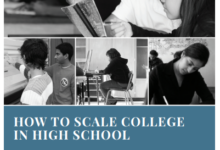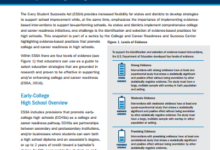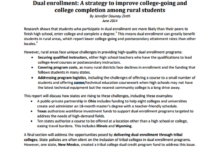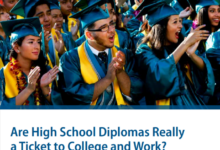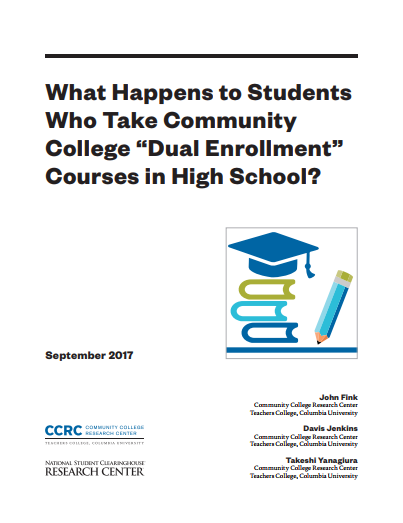Dual enrollment — an approach that allows high schools students to enroll in and earn credit for postsecondary-level courses — is a widely used strategy to help learners get a head start on a college degree. This report from the Community College Research Center and the National Student Clearinghouse Research Center examines data from 200,000 students who completed dual enrollment classes in 2010. The report finds 15 percent of fall 2010 community college entrants were high school dual enrollment students, and that only 12 percent of dual enrolled students did not enroll in any college by age 20. The authors further examine student enrollment and postsecondary attainment data by state to parse out trends in dual enrollment behavior. This report provides valuable data to make the case for dual enrolment and develop policy solutions based on how students are participating in and progressing through dual enrollment college pathways.
Dual Enrollment, Articulation and TransferProgram Quality
This guide, developed by Jobs for the Future and the College in High School Alliance, profiles design principles and…

